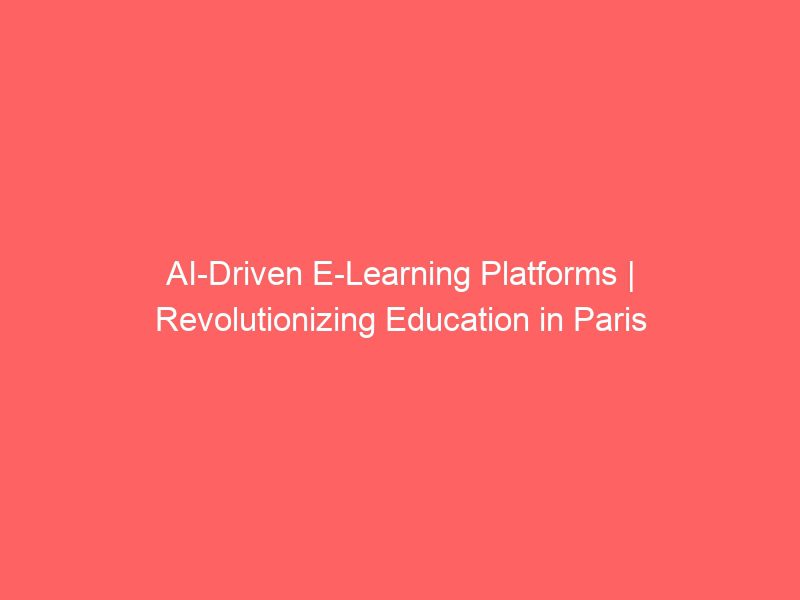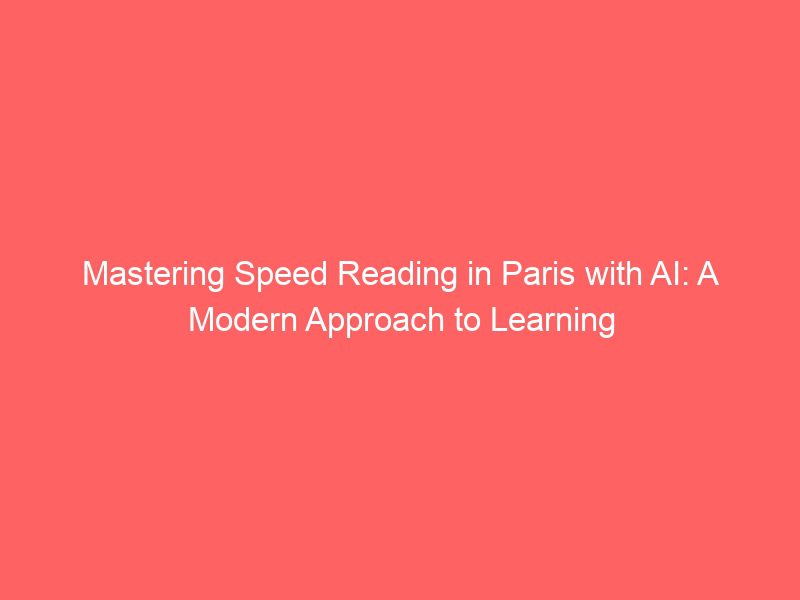What’s The most powerful persuasion technique?
How to send a message?If you want to persuade, convey a strong idea to someone, there is no point in aligning a succession of logical arguments.Why ? Because the human being understands and acts above all through the emotions, and very little through reason.For example, it is very difficult to reason with someone who is gripped by fear.So how do you go about it?You will find several means of persuasion.But there is a particularly effective persuasion technique, if not the most effective when you want to get a message across!And this technique of persuasion works particularly well when you want to re-motivate someone, when you want to give a person a powerful burst of energy. This can be your child if you are a parent or your students if you are in education or training.What is this technique, and how to use it? This is what we will see in this article.Article and text written by Jean-François MICHEL Author ” The 7 learning profiles » Editions Eyrolles 2005, 2013 and 2019—- Here is the video version —
[embed]https://www.youtube.com/watch?v=DZcKrp5Eu1I[/embed]
— Here is the text version and references —
Nothing is more powerful than storytelling or storytelling.In short, tell stories!So of course, it’s not just about telling stories. There is a way to tell them. And not all stories are good to tell.Stories are so powerful that TED speakers begin their talks with a personal story.Why are stories so powerful?
Why are stories and storytelling so powerful? What are the underlying psychological levers?How to use Storytelling?English writer Philip Pullman once said:” After food, shelter and companionship, stories are what we need most in the world.» [1]We humans need to hear stories to spark our imaginations.In one study, anthropologist and psychologist Robin Dunbar found a direct relevance of stories to humans: Social topics — especially gossip — account for 65% of all human conversations in public places. [2]History is part of such a strong need that humans even tend to see stories where there are none.Why ? Because stories make sense.In a study led by Fritz Heider and Marianne Simmel at Smith College [3], 34 students viewed a short film in which two triangles and a circle moved across the screen and a rectangle remained stationary on one side of the screen. When asked what they saw, 33 of the 34 students gave the shapes human behavior (anthropomorphized the shapes) and created a narrative: the circle was “worried”, the “little triangle” was a “young innocent thing,” the big triangle was “blinded with rage and frustration. »Of the 34 students, only one student noted that he only saw geometric shapes on a screen.The researcher in psychology Dan Johnson published a study [4] who found that reading fiction significantly increased empathy for others, especially people who readers initially viewed as “strangers” (e.g., strangers, people of one race, color of skin or a different religion).If I tell you a story about how to survive a dangerous situation, you are more likely to survive than if I just give you facts. For example, if I said:this path is dangerous, so don’t go therewould not be as effective as if I told you:my cousin took this path, and broke his ankle. So don’t go there. »A story works from both data and emotion, which is much more effective at engaging a listener than data alone. According to Jennifer Aaker, professor of marketing at the Stanford Graduate School of Business, people remember information when it’s embedded in stories “up to 22 times better than facts alone.” [5]How to explain the effectiveness of Storytelling?
How to explain this power of narration or Storytelling?For the human brain, imagined experiences are treated as real experiences [6]. Stories create real emotions, presence (a sense of being somewhere), and behavioral response through cortical activity, mirroring, and neural coupling.[7]New brain imaging research shows that a threat’s imagination activates regions similar to their experience.This also shows that the imagination can be a powerful tool for overcoming phobias or post-traumatic stress (PTSD).This is also the basis of work in therapies based on Ericksonian hypnosis. [8] So as you can see, telling a story is the most effective way of conveying a message and keeping it going. You can use storytelling to build rapport, present a product, entertain, influence, unite (or divide), persuade (or deter), etc. It all depends on the purpose of the speaker or author.Under what circumstances should you use Storytelling?
I advise against using Storytelling for anything and everything.Narration or Storytelling are particularly powerful and relevant to re-motivate someone, to help them recover from failure.It is a dream medium to use in theeducation : for your students in difficulty for example if you are the teacher, trainer, educatorStorytelling is also to be used by parents for their children. Children love stories.What kind of stories to tell?
Take real stories of people who have succeeded despite overcoming obstacles and setbacks.Here is the example of JK Rolling, the author of the book Harry Potter.When JK Rolling tries to publish his book Harry Potter, the publishers refuse. She then decides to call an agent. The first refuses. The second Christopher Little accepts, but quickly calms the enthusiasm of JK Rolling: children do not read novels, especially teenagers.Premonition? Still, 12 successive publishers refused to publish JK Rolling’s book.By dint of perseverance, finally one accepts. But he confirms the opinion of Christopher Little: children do not read novels, even less cobblestones of more than 200 pages with an austere appearance.Harry Potter’s first editor agrees more out of sympathy for JK Rolling than business acumen. He resolves to print only 1,000 copies of which 500 will be intended for libraries.We know the rest!When I was a teacher, so that my students persevered in their project, that they had a certain time, I often told the story of the founders of Google (Larry page and Sergueï BRIN).Telling these stories of people who have “struggled”, who have been wrong many times and who have nevertheless succeeded, create a powerful banister effect [9].The Bansister effect is the phenomenon that calls for comparison and makes it possible to change its references. In short, it is ” he did it so i can do it too “.What if you don’t know how to tell or have no inspiration?You will tell me, “I don’t tell stories well, I don’t have inspiration”. We are at 21th century, it is possible to harness the power of video through YouTube.Direct your child (if you are a parent) or your students if you are a teacher to videos that tell these stories, which are inspiring.The advantage: you have nothing to do while remaining efficient.You can suggest this video on Einstein / Louis Renault [10] or how 2 dunces have succeeded in their professional life despite everything.[embed]https://www.youtube.com/watch?v=8SvvtaiMoZg[/embed]
You can also offer the interview of youtuber Chris Poisson Fécond: when he knew nothing about video, he could not speak in front of a camera, how could he become a famous Youtuber with several million subscribers.[embed]https://www.youtube.com/watch?v=8a-dD6RT4h8[/embed]
Sources and references[1] ” The Psychological Comforts of Storytelling » The Atlantic Nov 2014 https://www.theatlantic.com/health/archive/2014/11/the-psychological-comforts-of-storytelling/381964/[2] Robin Dunbar-” Gossip in Evolutionary Perspective – Review of General Psychology 2004 N°2 100-110 – University of Liverpool – https://allegatifac.unipv.it/ziorufus/Dunbar%20gossip.pdf [3] Fritz Heider and Marianne Simmel An Experimental Study of Apparent Behavior »The American Journal of Psychology – Vol. 57, No. 2 (Apr., 1944), p. 243-259 – Published By: University of Illinois Press – https://www.jstor.org/stable/1416950?origin=crossref&&seq=1[4] Dan R. Johnson-” Changing Race Boundary Perception by Reading Narrative Fiction – Basic and Applied Social Psychology – Volume 36, 2014 – Issue 1- Pages 83-90 | Published online: 10 Feb 2014https://www.tandfonline.com/doi/abs/10.1080/01973533.2013.856791#.VDfiaL7j4lQ[5] Jennifer Aaker, Professor of Marketing at the Stanford Graduate School of Business – “ How to Use Stories to Win Over Others – https://leanin.org/education/harnessing-the-power-of-stories[6] University of Colorado at Boulder. ” Your brain on imagination: It’s a lot like reality, study shows. »ScienceDaily. ScienceDaily, 10 December 2018. – https://www.sciencedaily.com/releases/2018/12/181210144943.htm[7] Marianne Cumella Reddan, Tor Dessart Wager, Daniela Schiller. ” Attenuating Neural Threat Expression with Imagination “. Neuron, 2018; 100 (4): 994 DOI: 10.1016/j.neuron.2018.10.047 – https://www.sciencedirect.com/science/article/pii/S0896627318309553 [8] Joe Navarro MA-” How to Unlock the Power of Storytelling Stories, not facts, have a longer shelf life “. Psychology TodayPosted November 1, 2020[9] The Bannister effect or defying the impossible: https://cercle-basket.fr/blog/2020/05/12/leffet-bannister-leffet-du-cercle/[10] It is said that Louis RENAULT was imprisoned and his company nationalized because he had collaborated during the war. This claim has never been proven. Historians lean more towards a settling of scores on the part of certain members of the Communist Party (working before the war at Renault) who were part of the resistance council. 





